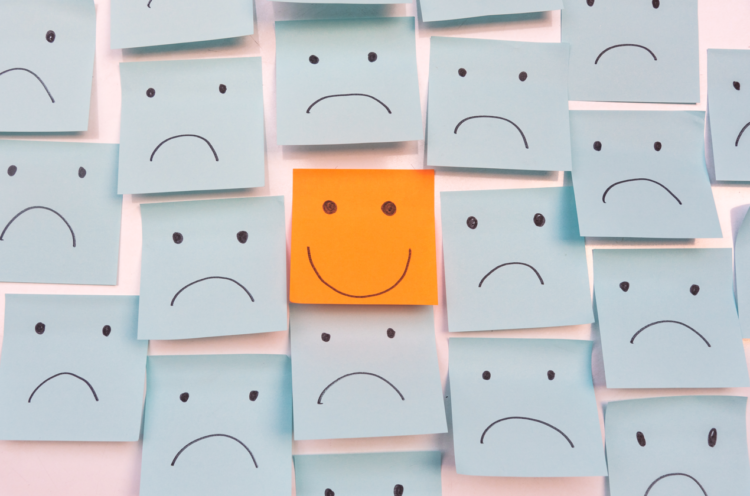Employers are being urged to offer more targeted mental health support for staff at different life stages, after Aviva research found particular younger and mid-life employees faced particular difficulties.
Aviva’s Story of Health report found both groups reported significantly lower levels of mental wellbeing than the population average, underlining the importance of workplace strategies that reflect the differing pressures employees face throughout their careers.
Among 18–24-year-olds, fewer than half (47 per cent) rate their mental health as good, compared to 62 per cent across all age groups, while nearly a quarter (22 per cent) describe their mental health as poor. Those aged 45–54 also report lower wellbeing than other age groups.
Emotional wellbeing issues are particularly marked in these two age brackets. Around half (48 per cent) of 18–24s feel frequently overwhelmed or stressed, and 43 per cent often feel anxious or worried. A third (33 per cent) report persistent low mood or depression.
Among 45–54-year-olds, around a quarter (26 per cent) report persistent low mood or depression, while slightly more (28 per cent) say they often or always feel anxious or worried. These figures contrast with the broader population, where 24 per cent say they often feel anxious or worried and one in five (20 per cent) report frequent low mood.
Happiness levels also vary by age. Half (50 per cent) of 18–24s and slightly fewer (46 per cent) of those aged 45–54 rate their happiness as good, compared with around three in five (59 per cent) across all adults.
Aviva’s report suggests these differences reflect the distinct pressures faced by each group. Young adults are navigating early career steps, financial independence and identity formation, while many in their late forties and early fifties are juggling the dual demands of supporting older children and ageing parents—pressures that can take a toll on mental health.
Access to mental health support also varies between age groups. Just over half (51 per cent) of all adults say they have the support they need, compared with 44 per cent of those aged 45–54 and 42 per cent of 18–24-year-olds.
Across all age groups, the most common sources of support are GPs or other health professionals (40 per cent), friends and family (36 per cent), therapists or counsellors (20 per cent), and mental health charities or helplines (14 per cent). Younger adults are more likely to turn to friends and family (44 per cent) than to medical professionals (21 per cent), whereas 45–54-year-olds are more inclined to seek help from their GP or another clinician (44 per cent).
The study also underscores the importance of social connection in maintaining mental wellbeing. However, it found many young adults face barriers to forming these connections. Over a third (36 per cent) of 18–24-year-olds say they often or always feel lonely, compared with a quarter (25 per cent) of all adults. A similar proportion (27 per cent) of those aged 45–54 also report frequent loneliness.
Mental health issues and anxiety are major obstacles to social connection for young adults (27 per cent), followed by lack of confidence or embarrassment (26 per cent). For those aged 45–54, time pressures (28 per cent), anxiety (26 per cent) and financial constraints (25 per cent) are the main barriers.
Aviva said that for employers looking to improve staff wellbeing and boost productivity, mental health support can be delivered through a range of employee benefits, including group risk and healthcare policies.
Dr Subashini M, medical director at Aviva UK Health, said: “Mental health challenges don’t discriminate by age—they can affect us at any stage of life, though the reasons and experiences often differ. While younger adults may be navigating identity, independence and uncertainty, older generations can face pressures from work, health, and caring responsibilities. What’s clear is that no one is immune.
“It’s vital that people are listened to, supported, and have accessible, personalised pathways to help them thrive at every stage of their lives.
“Employers, educators, healthcare providers and policymakers all have a role to play in ensuring they’re not facing these challenges alone.”













